Posted on March 22, 2016 by LocAdsAdmin No comments

Twitter Objective-Based Campaigns
Relevant to small and medium-sized businesses (SMB), Twitter’s revised advertising interface allows you to create ads that more precisely align with the goals of your business—you pay only for the specific actions that you want and you can track those specific actions in real time.
With objective-based campaigns, Twitter provides you with a custom workflow aligned to your campaign goals. You can select from six objectives, including driving Tweet engagements, website clicks or conversions, app installs or engagements, followers, or leads as shown in the chart below.
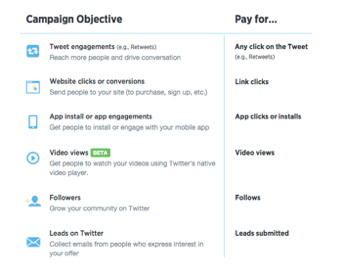
Twitter Cards
With Twitter Cards, you can attach rich photos, videos and media experiences to Tweets that drive traffic to your website. Basically, users who Tweet links to your content will have a “Card” added to the Tweet that is visible to all of their followers.
There are several types of Twitter Cards:
- Summary Card
The Summary Card is used across different forms of Web content—from blog posts and news articles to products and restaurants. It is designed to give the reader a preview of the content before clicking through to your website.
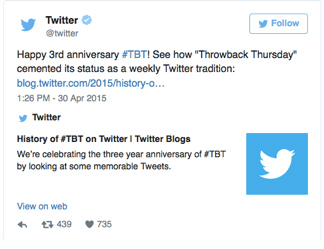
Example of a Twitter Summary Card.
- Summary Card with Large Image
The Summary Card with Large Image features a large, full-width prominent image alongside a Tweet. It is designed to give the reader a rich photo experience, and clicking on the image brings the user to your website.
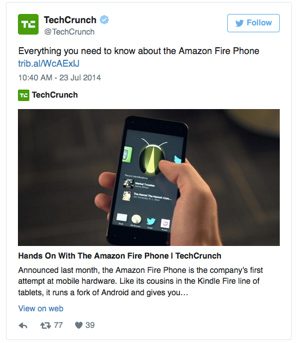
Summary Card with Large Image along with 140 characters.
- App Card
The App Card is designed to represent mobile applications on Twitter and to drive installs. Twitter’s App Card allows for a name, description, and icon, as well as attribute-highlights such as the rating and the price.
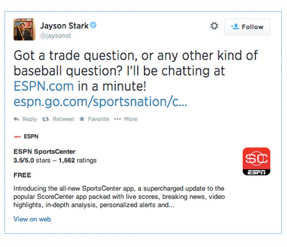
An example of a Twitter App Card.
- Player Card
The Player Card offers advertisers an option to include video clips and audio streams.
In addition to objective-based campaigns, Twitter continues to offer its existing ad platform—Promoted Tweets, Promoted Trends, Promoted Accounts, and Political Ads—to businesses.
Promoted Tweets
Promoted Tweets are still an available option on the Twitter platform. Basically, Promoted Tweets are ordinary Tweets purchased by advertisers who want to reach a wider group of users or to spark engagement from their existing followers.
Promoted Tweets are clearly labeled as Promoted when an advertiser pays for placement on Twitter. In every other respect, Promoted Tweets act just like regular Tweets and can be retweeted, replied to, or liked.
In general, Promoted Tweets are used by businesses to either drive a particular action or to generate more brand awareness.
Promoted Trends
Promoted Trends began as an extension of Twitter’s Promoted Tweets platform; they are now a full-fledged product in their own right.
With Promoted Trends, users see time-, context-, and event-sensitive trends promoted by Twitter’s advertising partners. These paid Promoted Trends appear at the top of the Trending Topics list on Twitter and are clearly marked as “Promoted.” They will also occasionally show within users’ timelines.
Users who click on a Promoted Trend see Twitter search results for that topic, with a related Promoted Tweet from the advertiser at the top.
Promoted Accounts
Promoted Accounts suggest accounts that people do not currently follow and may find interesting. They are designed to increase leads, downloads, and signups, increase brand awareness and word-of-mouth sharing, and drive Web traffic.
Political Ads
Political Ads are campaigns purchased by political advertisers in order to reach a wider audience or to engage current followers on Twitter. These ads may include Promoted Accounts, Promoted Trends, or Promoted Tweets.
Pros
According to Twitter, more than 500 million Tweets are sent every day.
On Twitter’s latest advertising platform—objective-based campaigns—you are able to target directly @Usernames.
An article published by Content Marketing Institute also points out that Twitter’s dashboard provides up-to-the-minute data on the performance of your campaigns, including:
- Impressions
- Clicks on embedded media and links
- Favorites
- Retweets
- User-profile clicks
Cons
According to an article posted on the blog Digital Advertising, there is no targeting by age on Twitter, just gender, when isolating demographic categories. Also, you cannot edit a Tweet (even if it is not public) once you click “Tweet;” you must recreate it from scratch if you make an error or forget a word.
ROI
Once your campaigns are running, you can see your results in real time to assess your performance and optimize accordingly. Twitter’s campaign dashboard surfaces the metrics that are most aligned with your objectives, such as the number of link clicks, video views, app installs and the cost per result.
Hint
Objective-based campaigns, reports and pricing is accessible via Twitter’s website.

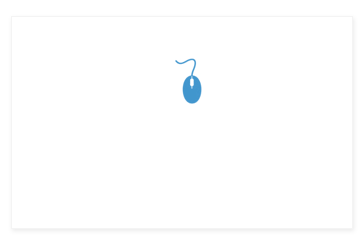
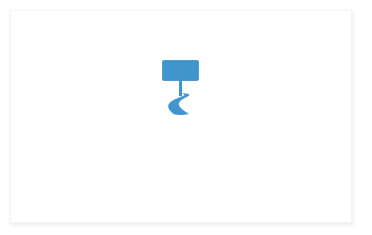
Comments